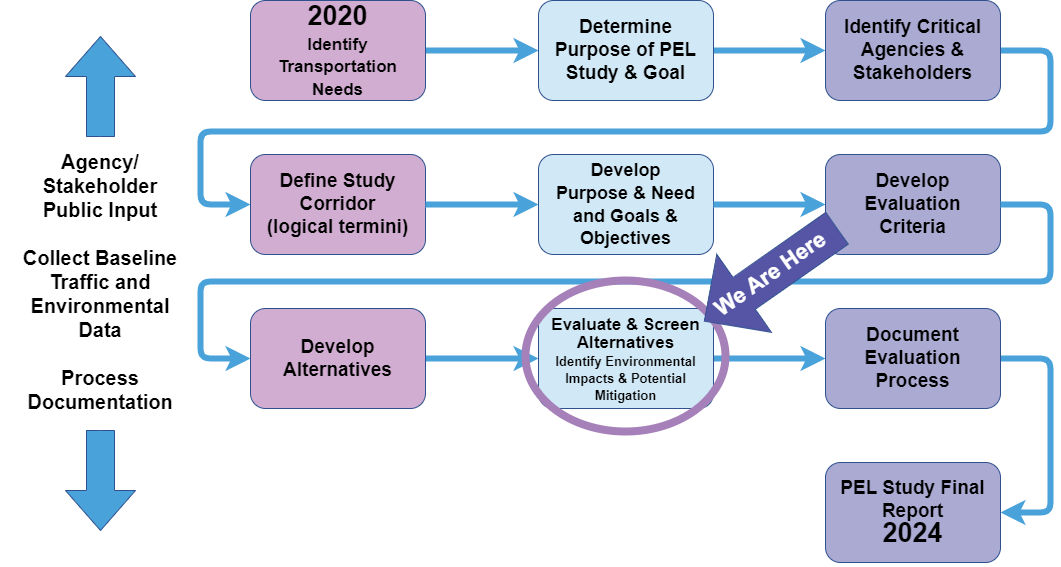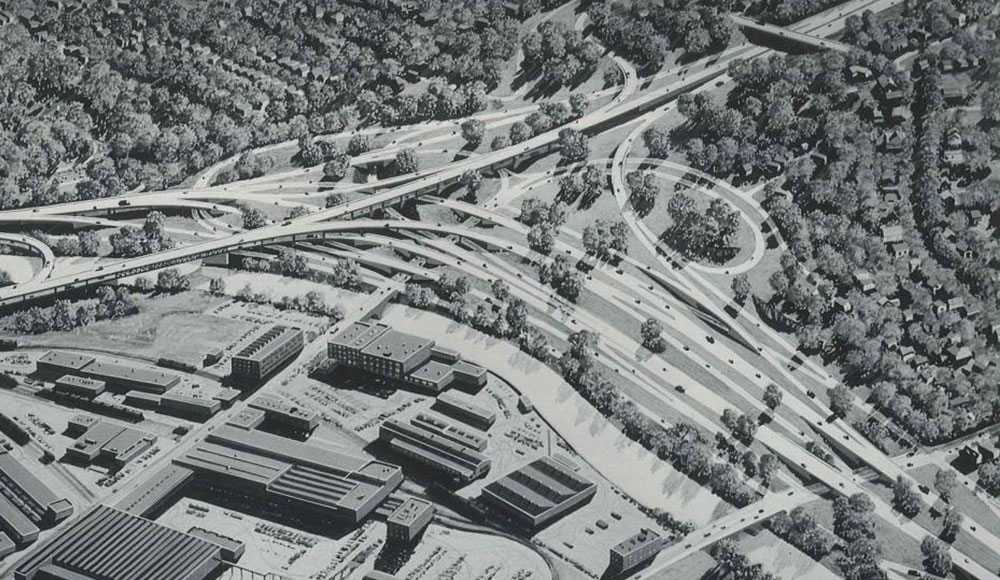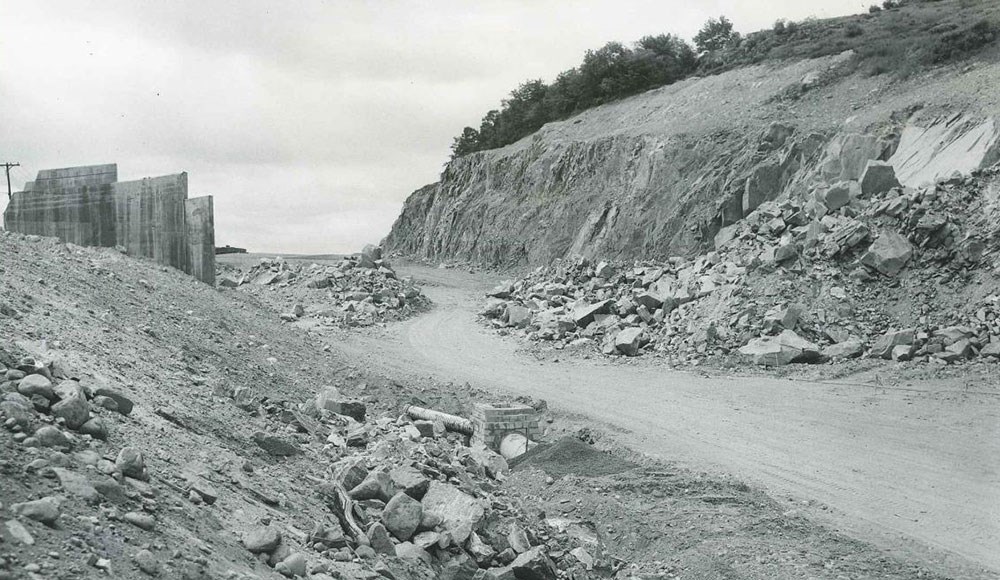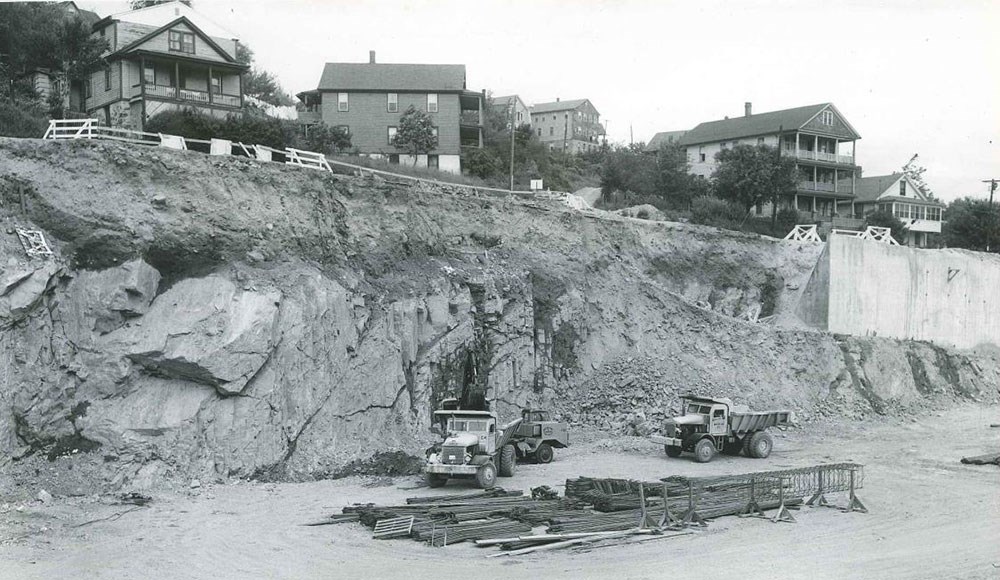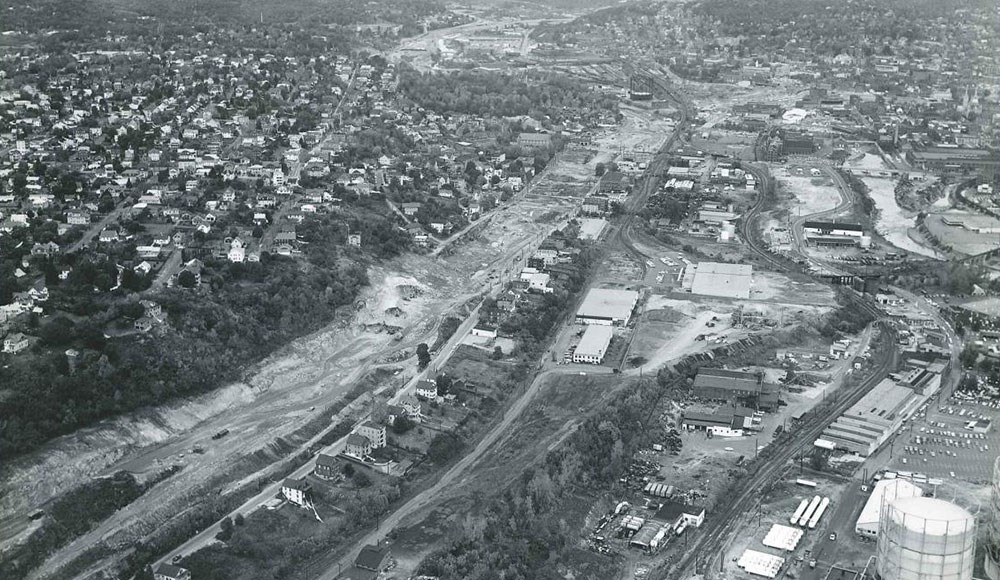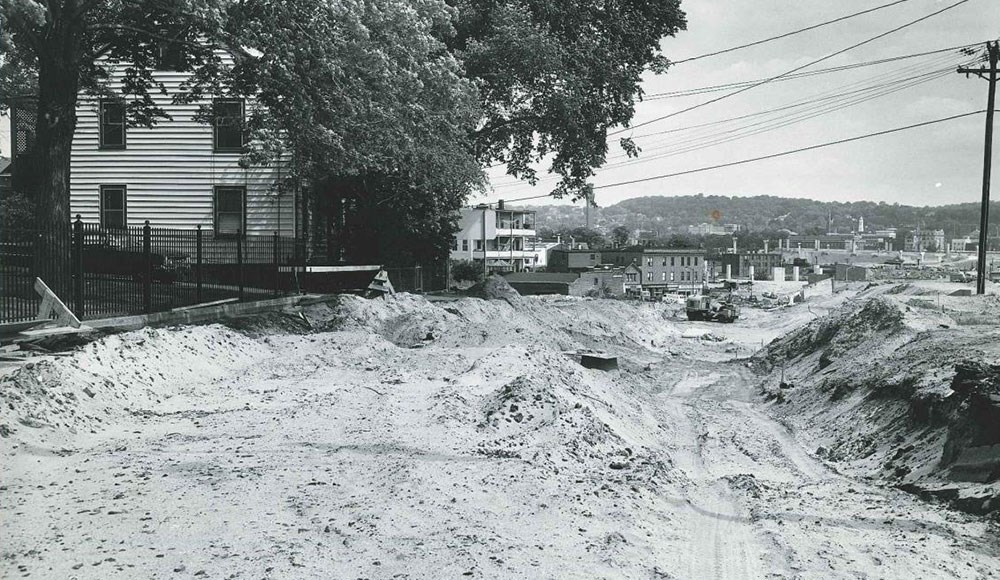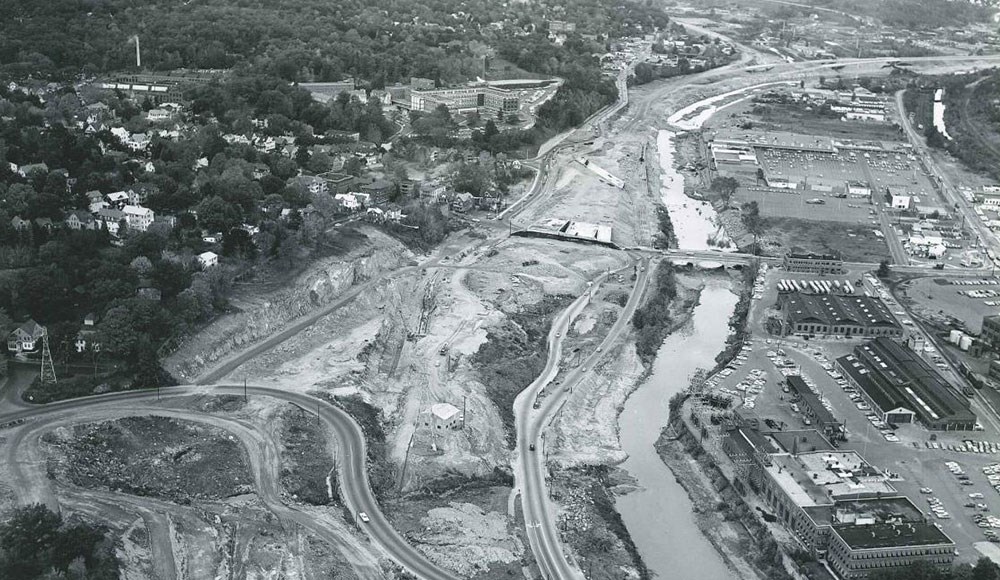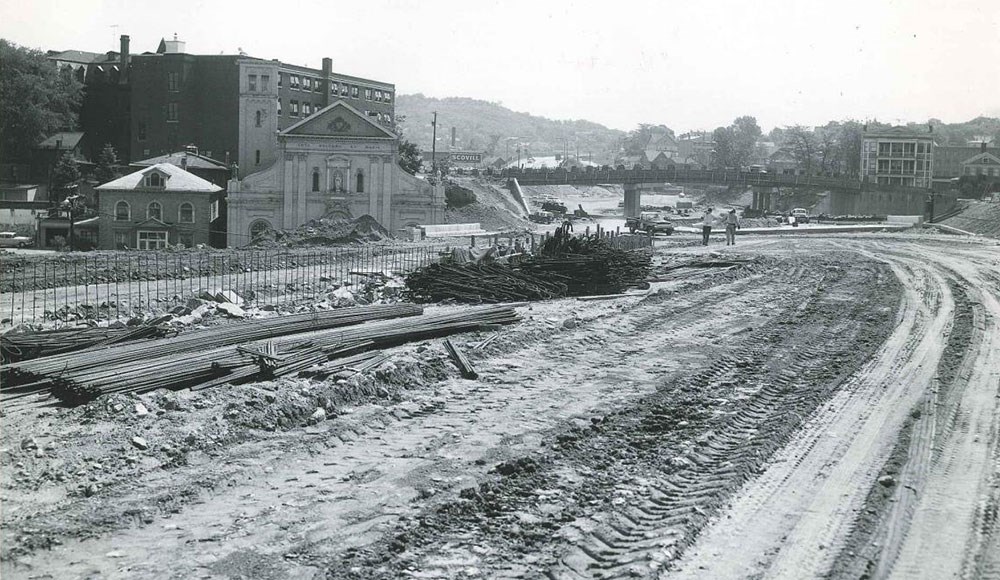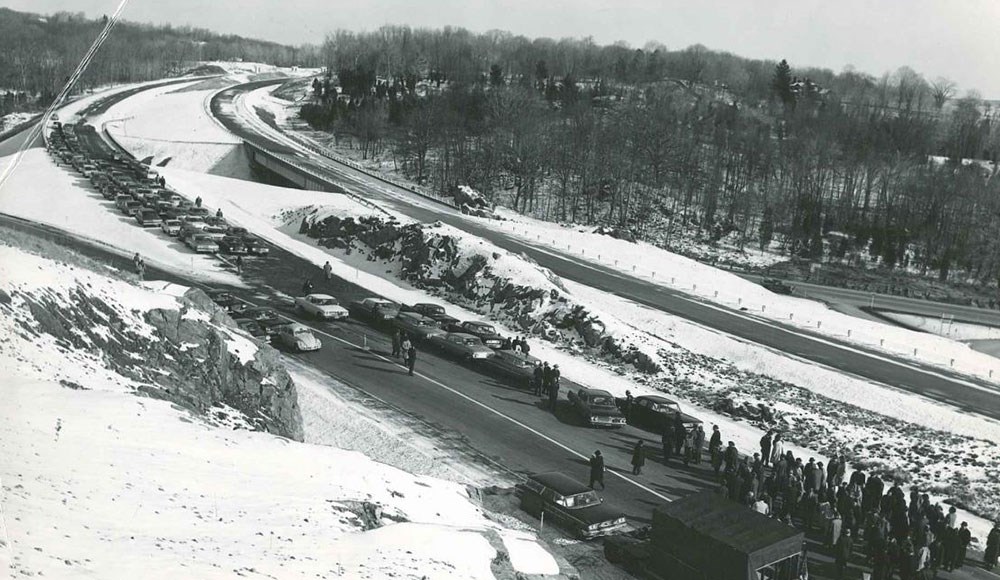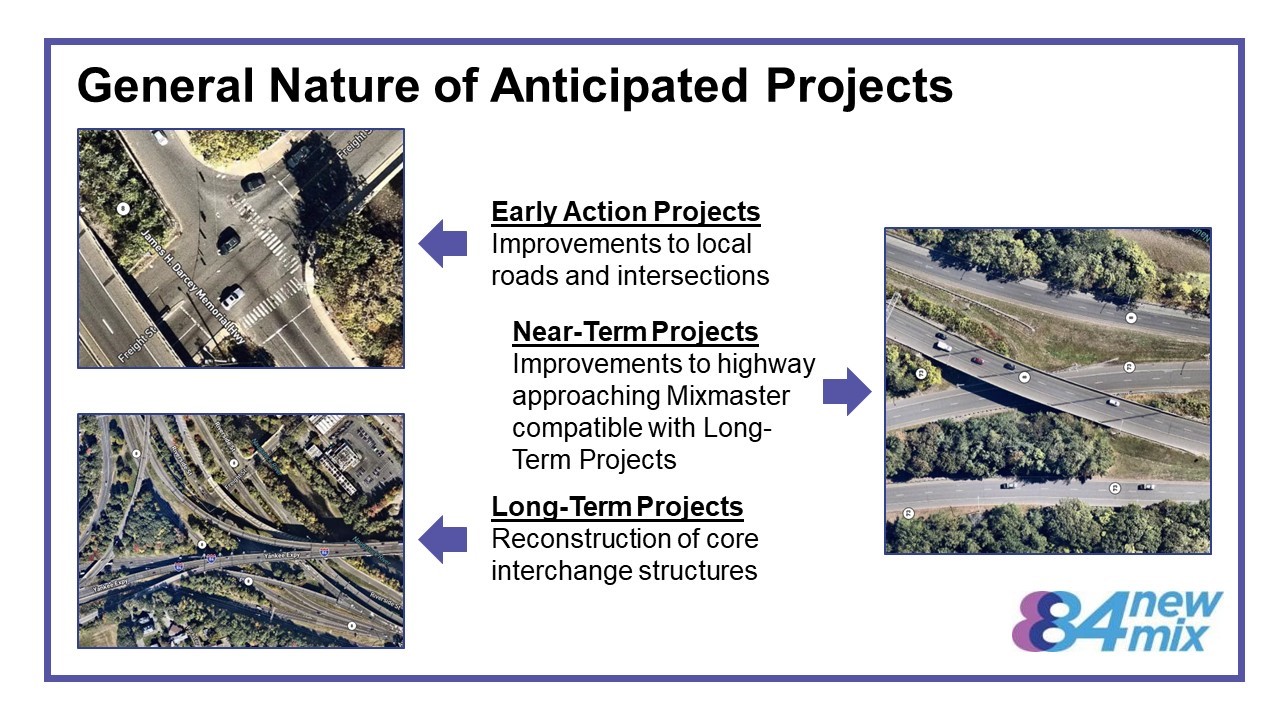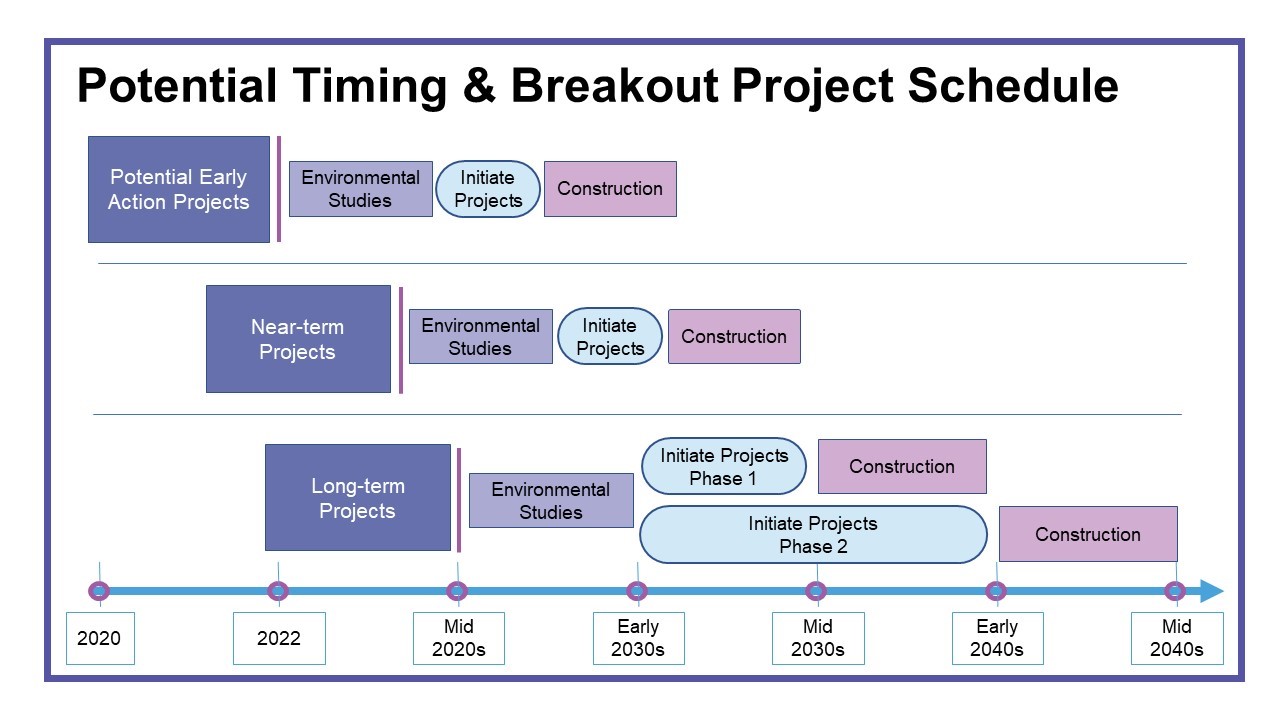About the New Mix Program
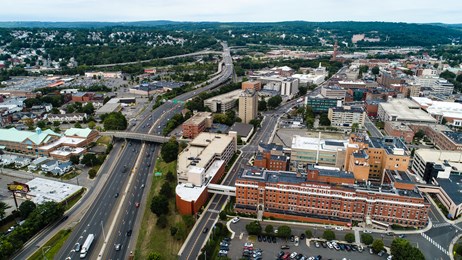
The New Mix is a long-term program being undertaken by the Connecticut Department of Transportation (CTDOT) that will plan and implement a series of projects to address the long-term needs of Waterbury’s I-84/Route 8 interchange—commonly referred to as the “Mixmaster”.
The Mixmaster was planned and designed approximately 70 years ago and opened for public use in 1968. When it was originally built, the structural components of the Mixmaster had an anticipated lifespan of approximately 50 to 60 years, which has been extended through multiple, major rehabilitations.
Innovative in its design and engineering for the time, the Mixmaster features stacked bridges. Building upward with stacked bridges was an engineering feat which allowed a smaller footprint and economic efficiency and also addressed the area’s challenging topography. However, the stacked bridges of the Mixmaster make both rehabilitation and replacement a complicated endeavor.
The existing interchange is currently undergoing a major structural rehabilitation. When completed, this rehabilitation is expected to extend the life of the Mixmaster for up to 25 years. At that point, continued rehabilitation and repair of vital structural components will need to be reassessed from an economic and structural life-cycle perspective. There is a limit to how much the lifespan can be feasibly extended for the interchange’s steel frames and concrete decks upon which cars travel.
Safety and operational standards for roads and highways have evolved significantly since the Mixmaster was designed, which will also be taken into consideration as planning progresses. Components of the interchange such as roadway geometry (sight distance, sharpness of curves, and lane alignment), standardized shoulders, left-hand entrances and exits, spacing of interchanges and ramps, and traffic volumes will all be taken into consideration during the planning process.
Preparation for the New Mix is a complex and long-term endeavor: reconstruction of an interchange of this magnitude, whether through replacement or an intensive rehabilitation, requires a large amount of time and advanced planning in order to properly phase and fund the program. Therefore, the New Mix program will likely be phased with breakout projects that will occur over a number of years. Through each stage of the process, CTDOT will engage the public and stakeholders, providing numerous opportunities for public input.
Each set of breakout projects is intended to complement and work to advance the overall New Mix Program through incremental improvements. The potential phasing of breakout projects is described below.
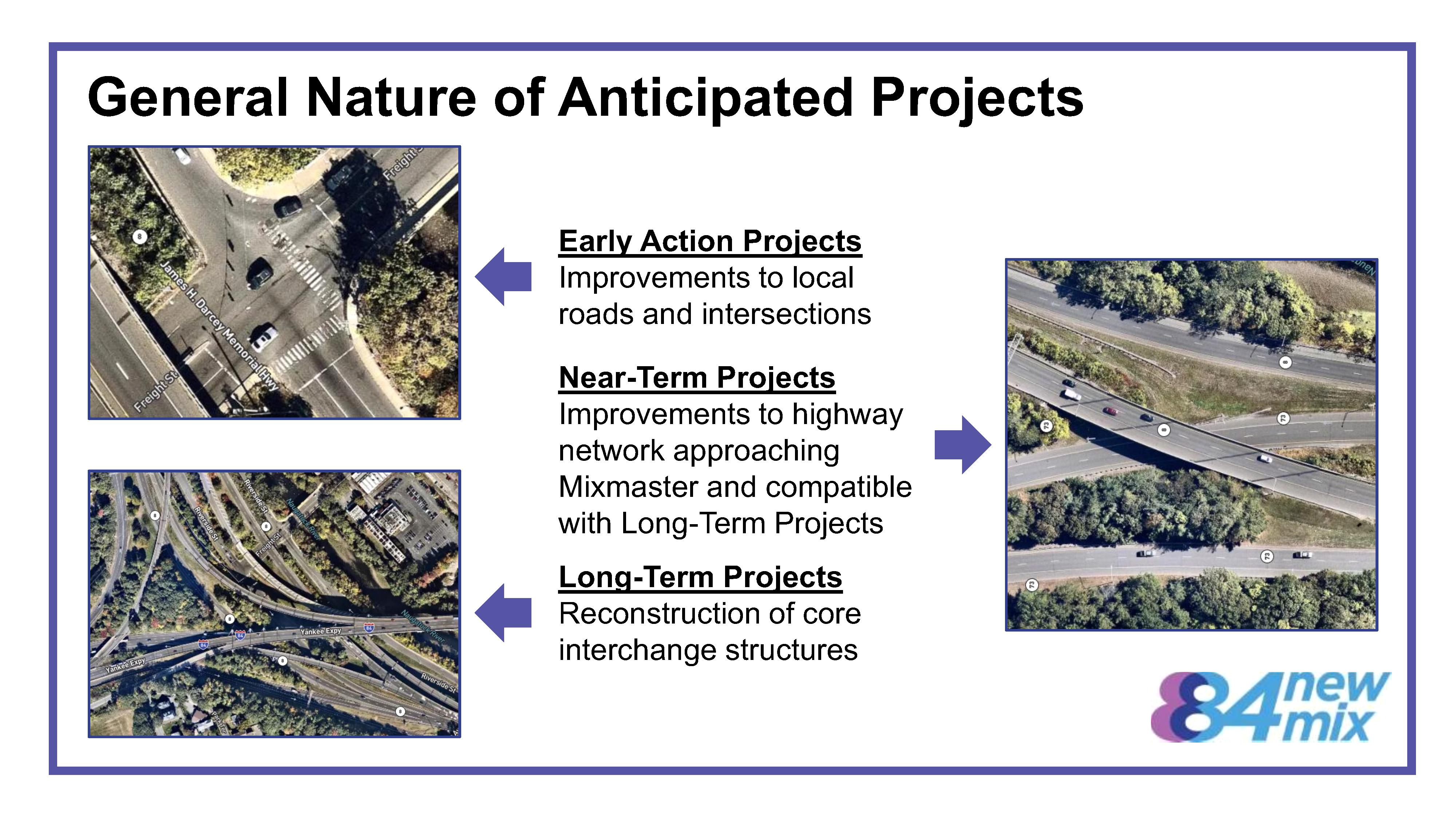
Early Action Projects
Early Action Projects will generally focus on local road and intersection improvements with the intended goal of improving the function of the overall local road network without intensive construction or construction impacts. By improving the functioning of the local road network, Early Action Projects are also intended to improve the flow of traffic in the area. As Early Action Projects are smaller in scope, they may occur relatively soon, as early as the mid-2020s.
Near-term Projects
Near-term Projects will generally occur on the outer portions of the interchange and could include improvements to entrances, exits, and lane configurations that improve the function of the existing interchange approaches but are also aligned with the goals of the future improvements to the core of the interchange. Near-term Projects will also facilitate traffic handling during the eventual core interchange reconstruction. Some, but not all, Near-term Projects will require more extensive construction and may result in impacts to drivers. Near-term Projects may begin construction in the early 2030s, before the core of the interchange is reconstructed.
Long-term Projects
Long-term Projects include significant construction work that will be required to reconstruct the core of the interchange. Long-term Projects could include replacement or reconstruction of decks, the stacked bridges, and other elements of the interchange and connections between Interstate 84 and Route 8. Construction of Long-term Projects is anticipated to begin in the vicinity of the mid-2030s to the early 2040s.
The New Mix program will modernize the I-84/Route 8 interchange to meet current safety, structural, and operational standards, improve safety and functionality of the interchange, reduce the amount of time commuters spend stuck in traffic, complement the economic development goals of the City of Waterbury, and serve Connecticut’s transportation needs for decades to come.
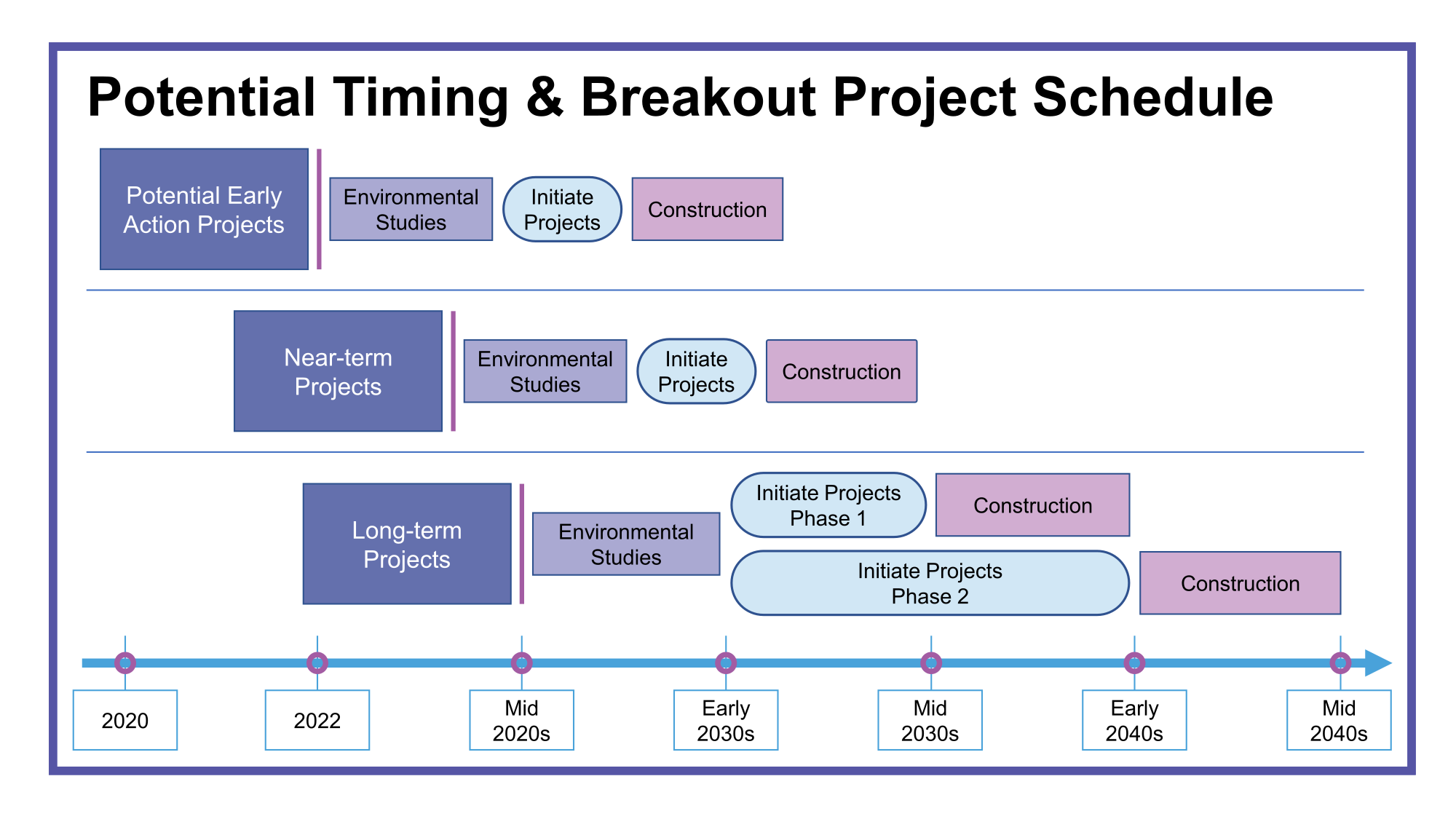
Current Work: The Planning and Environmental Linkages Process
CTDOT is using the Planning and Environmental Linkages (PEL) process during the early planning phases of the New Mix.
Developed by the Federal Highway Administration (FHWA), the PEL process considers and incorporates environmental, community, and economic goals in the very early planning and design phases of transportation projects or programs.
Through the PEL process, CTDOT will work with the community to define transportation related goals and objectives as well as the purpose and need for the New Mix. Following this, CTDOT will work with the community to review various early conceptual design options for the New Mix, measuring each against the program’s established Purpose & Need and Goals & Objectives statements.
Public involvement during the New Mix PEL process will be multi-faceted and will include meetings with stakeholder groups and the general public and will also include the formation of a Project Advisory Committee (PAC). The PAC will have broad community representation, including but not limited to, ‘immediate abutters’ which are residential and business districts located in or nearby the interchange; emergency service providers; Waterbury’s Mayor and Board of Alders; various Waterbury department heads including Engineering, Public Works, and City Planning; and the Chamber of Commerce and large employers with commuters who travel the interchange daily.
The first PEL public meetings began in 2022. Please sign up for our email list here to be notified of public meetings and other program news.
PEL OVERVIEW
The graph below provides an overview of the various phases of the PEL process, which is anticipated to take approximately 2 years.
